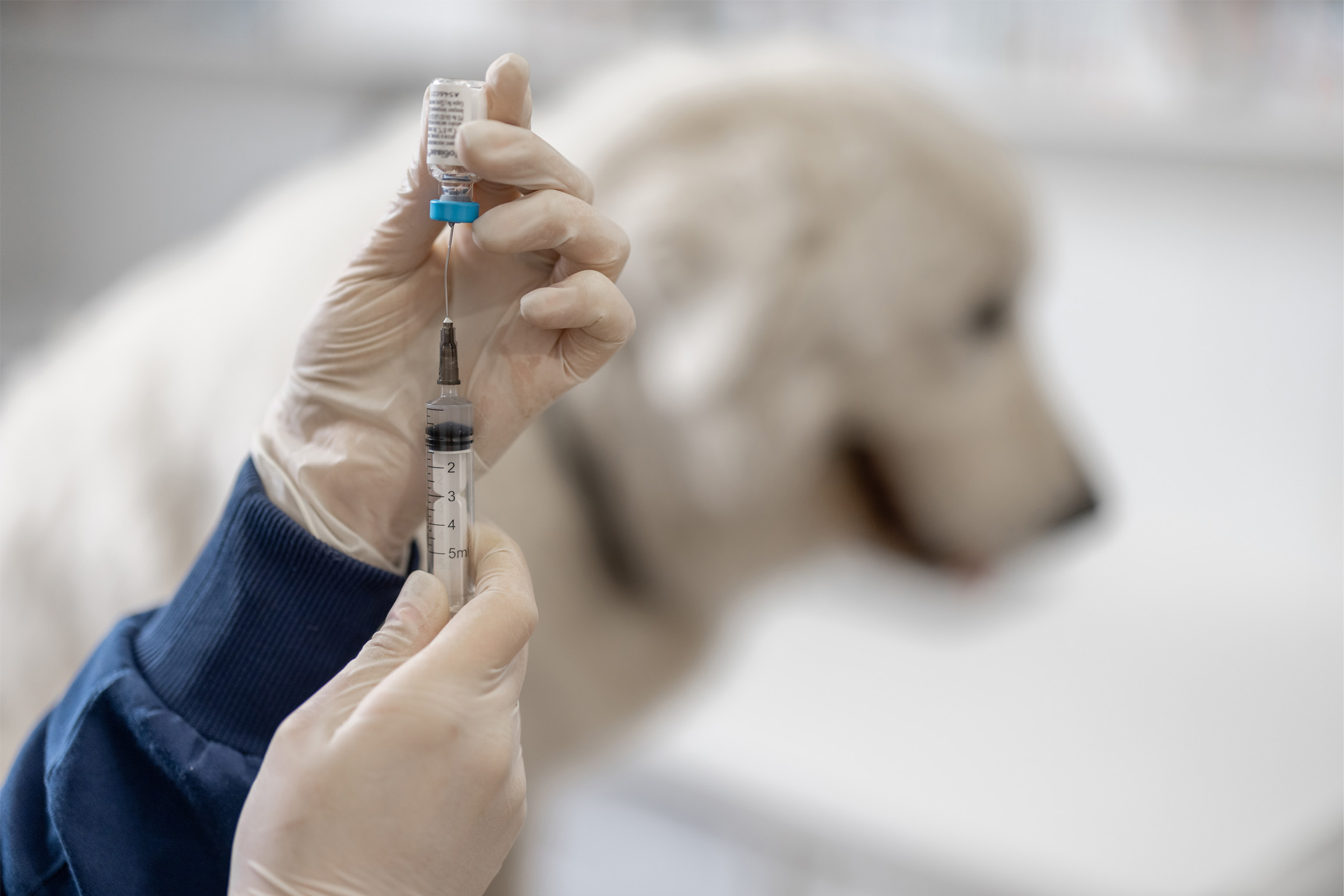“Kyra gets tested several times a day. I can't go to bed without testing her ... plus before each meal and anytime I think something is up with her. We do complete curves at least twice a month.”
“I do curves on my dog every 3 months or so, and spot check her at peak times occasionally, or if I suspect a problem. She spends most of her days outside (we live in the country) and if I test her too often I go crazy with the results!”
“Chelsea has a bad habit of not showing signs of hypo until she is VERY critical, so for us [testing on a regular basis] is a necessity.”
These quotes are from dog owners who participated in a survey about canine diabetes. These comments reflect the flood of emotions that come from caring for a diabetic pet. Caring for a dog with diabetes comes with unexpected expenses and emotions. One great way to deal with the stress is to be part of the solution. When you test at home, you have the knowledge you need to provide better care for your beloved pet.Home Testing
Home testing is very convenient since diabetic pets should be tested frequently, both before and between insulin shots. Since pets are often stressed in a vet’s office, the readings for their blood glucose curves can be inaccurate. The relaxed environment of your home gives more precise results, reducing the risk of an insulin overdose that could result in hypoglycemia. The correct insulin dosage may take up to a few months to find, but frequent testing and curve-plotting are essential in finding the right dosage level. Remember, the correct insulin dosage cannot be determined by a single test.How to Test Dog's Blood Sugar Levels
- Wash your hands before testing.
- Blood is usually collected from the earflap, paw pad, lip, or callous of the dog, although other common areas have also been suggested. Warm up the blood withdrawal site before pricking.
- Make sure the blood withdrawal site is clean and dry, then prick the site with a lancet. (Note: use soap and water to clean the prick site, not alcohol pads.
- Collect the resulting drop of blood directly onto the glucose strip.
- Use cotton wool to stop the bleeding. If you are concerned about infection, apply hydrogen peroxide or antibacterial ointment.
Consult Your Dog's Veterinarian
Veterinary involvement is always important. A vet can determine if your pet has diabetes, and can suggest treatments and lifestyle adjustments. Be sure to tell your pet’s vet about changes in his or her routine since diet and exercise can affect blood glucose levels. Home testing lets you be an involved pet parent, having a hand in the health, happiness, and well-being of your pet.Recent Posts
-

-
 Yesenia04/25/2024
Yesenia04/25/2024The 12 Must Have Essential Oil Video Series
-
 Yesenia04/21/2024
Yesenia04/21/2024Med Lab Supply – Your One Stop Shop for Wound Care Supplies







